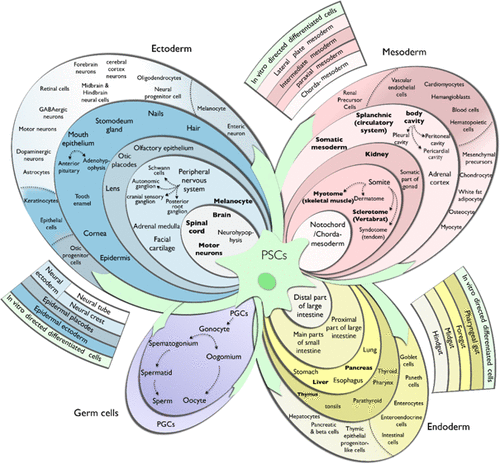当前位置:
X-MOL 学术
›
J. Proteome Res.
›
论文详情
Our official English website, www.x-mol.net, welcomes your
feedback! (Note: you will need to create a separate account there.)
Human Proteome Project and Human Pluripotent Stem Cells: Odd Bedfellows or a Perfect Match?
Journal of Proteome Research ( IF 3.8 ) Pub Date : 2020-10-30 , DOI: 10.1021/acs.jproteome.0c00689 Mehdi Alikhani 1 , Razieh Karamzadeh 1 , Pardis Rahimi 1 , Samane Adib 2 , Hossein Baharvand 3, 4 , Ghasem Hosseini Salekdeh 1, 5
Journal of Proteome Research ( IF 3.8 ) Pub Date : 2020-10-30 , DOI: 10.1021/acs.jproteome.0c00689 Mehdi Alikhani 1 , Razieh Karamzadeh 1 , Pardis Rahimi 1 , Samane Adib 2 , Hossein Baharvand 3, 4 , Ghasem Hosseini Salekdeh 1, 5
Affiliation

|
The Chromosome-Centric Human Proteome Project (C-HPP) aims at the identification of missing proteins (MPs) and the functional characterization of functionally unannotated PE1 (uPE1) proteins. A major challenge in addressing this goal is that many human proteins and MPs are silent in adult cells. A promising approach to overcome such challenge is to exploit the advantage of novel tools such as pluripotent stem cells (PSCs), which are capable of differentiation into three embryonic germ layers, namely, the endoderm, mesoderm, and ectoderm. Here we present several examples of how the Human Y Chromosome Proteome Project (Y-HPP) benefited from this approach to meet C-HPP goals. Furthermore, we discuss how integrating CRISPR engineering, human-induced pluripotent stem cell (hiPSC)-derived disease modeling systems, and organoid technologies provides a unique platform for Y-HPP and C-HPP for MP identification and the functional characterization of human proteins, especially uPE1s.
中文翻译:

人类蛋白质组计划和人类多能干细胞:奇怪的床童还是绝配?
以染色体为中心的人类蛋白质组计划(C-HPP)旨在鉴定缺失的蛋白质(MPs)和功能未注释的PE1(uPE1)蛋白质的功能。解决这个目标的主要挑战是许多人类蛋白质和MP在成年细胞中沉默。克服这一挑战的一种有前途的方法是利用新型工具的优势,例如多能干细胞(PSC),它们能够分化为三个胚芽层,即内胚层,中胚层和外胚层。在这里,我们提供几个示例,说明人类Y染色体蛋白质组计划(Y-HPP)如何从这种方法中受益,以实现C-HPP目标。此外,我们讨论了如何整合CRISPR工程,人类诱导的多能干细胞(hiPSC)衍生的疾病建模系统,
更新日期:2020-12-04
中文翻译:

人类蛋白质组计划和人类多能干细胞:奇怪的床童还是绝配?
以染色体为中心的人类蛋白质组计划(C-HPP)旨在鉴定缺失的蛋白质(MPs)和功能未注释的PE1(uPE1)蛋白质的功能。解决这个目标的主要挑战是许多人类蛋白质和MP在成年细胞中沉默。克服这一挑战的一种有前途的方法是利用新型工具的优势,例如多能干细胞(PSC),它们能够分化为三个胚芽层,即内胚层,中胚层和外胚层。在这里,我们提供几个示例,说明人类Y染色体蛋白质组计划(Y-HPP)如何从这种方法中受益,以实现C-HPP目标。此外,我们讨论了如何整合CRISPR工程,人类诱导的多能干细胞(hiPSC)衍生的疾病建模系统,





















































 京公网安备 11010802027423号
京公网安备 11010802027423号